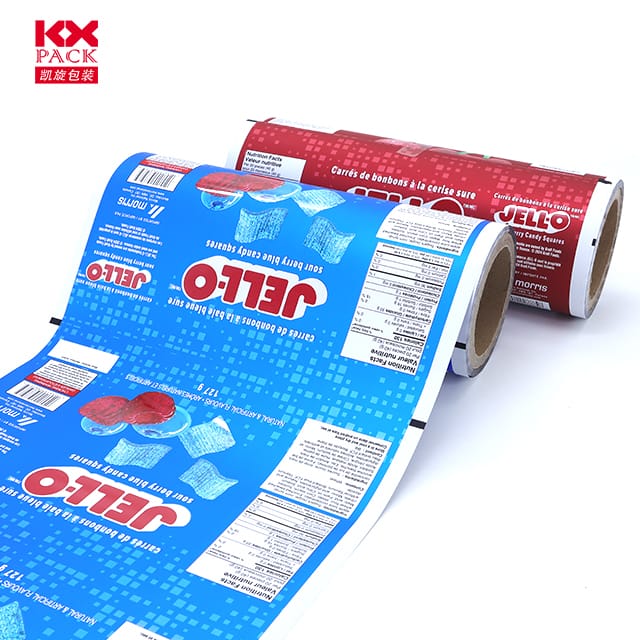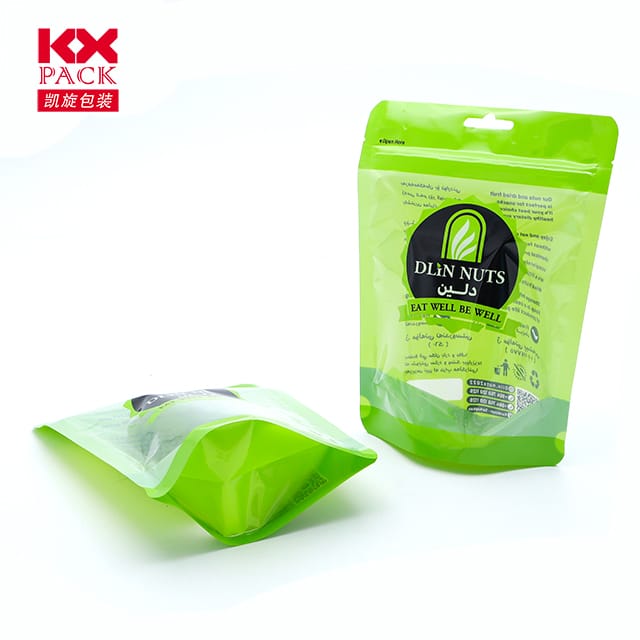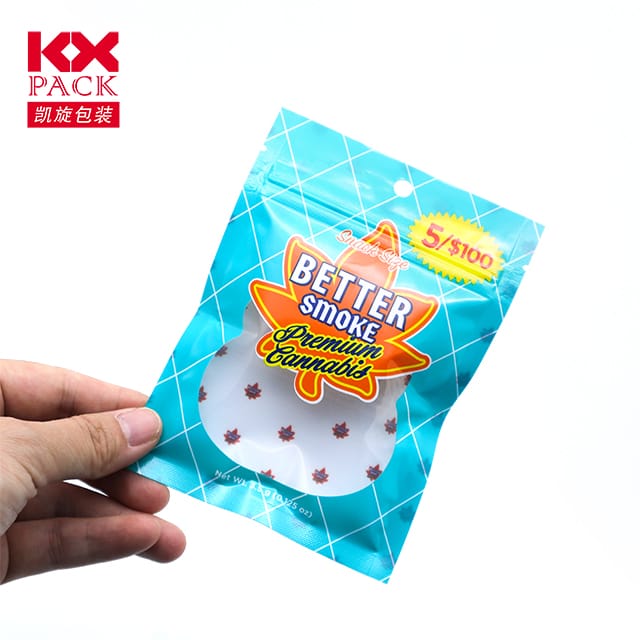The Future of Food Preservation: How Flexible Food Packaging Films Are Revolutionizing the Industry
Flexible Food Packaging Films
Trong thời đại mà sự bền vững, an toàn thực phẩm, and convenience are paramount, Flexible Food Packaging Films have emerged as a game-changer for the global food and beverage industry. These lightweight, adaptable materials are redefining how products are protected, trình bày, and preserved—from farm to table. Let’s explore the innovations driving this trend and why they’re critical for modern consumers and manufacturers.
Why Flexible Food Packaging Films? The Core Advantages
- Barrier Protection, Thời hạn sử dụng kéo dài
Flexible Food Packaging Films are engineered with multi-layer structures that create impermeable barriers against oxygen, độ ẩm, ánh sáng, và các chất gây ô nhiễm. Ví dụ, PVDC-coated films hoặc metallized PET layers can reduce oxygen transmission by up to 99%, preserving freshness and flavor in snacks, Thịt, and dairy. Studies suggest that advanced packaging could cut global food waste by 30% by 2030—a critical step toward sustainability. - Lightweight and Eco-Friendly
Compared to rigid packaging (VÍ DỤ., glass jars or metal cans), Flexible Food Packaging Films sử dụng 70% less material by weight, lowering transportation emissions and storage costs. Những đổi mới như biodegradable PLA films Và recyclable PE/PP blends are further reducing plastic’s environmental footprint, aligning with global zero-waste goals. - Customization and Versatility
Từ túi đứng for pet food to retort-ready bags for ready-to-eat meals, flexible films adapt to any product shape or size. Brands can leverage in kỹ thuật số cho sôi động, on-demand packaging designs, enhancing shelf appeal and brand storytelling.
Key Innovations Shaping the Market
- Smart Films for Enhanced Safety
Hiện đại Flexible Food Packaging Films incorporates anti-fog coatings (for clear visibility in refrigerated sections), self-venting technologies (for microwave-safe meals), Và UV-blocking layers (to protect light-sensitive products like oils or supplements). Ví dụ, BOPP films with low seal initiation temperatures (SIT) boost production efficiency by 20% for snack manufacturers. - Sustainability-Driven Materials
The market is shifting toward Phim có thể phân hủy (VÍ DỤ., corn-starch-based PLA) Và tái chế sau tiêu dùng (PCR) nội dung. Các công ty thích Glenroy Và Winpak are pioneering mono-material structures (VÍ DỤ., túi toàn PE) Để đơn giản hóa tái chế. Qua 2028, the global flexible packaging market is projected to reach $341.6 tỷ, fueled by eco-conscious demand. - Advanced Adhesives and Sealing
New solvent-free laminations Và high-performance sealants ensure leak-proof packaging even for liquid products like soups or sauces. These innovations also reduce production waste and energy use.
Ứng dụng trong các ngành công nghiệp
- Sản phẩm tươi sống: Breathable films with modified atmosphere packaging (BẢN ĐỒ) extend the shelf life of berries and leafy greens by 2–3 times.
- Ready-to-Eat Meals: Retort pouches withstand high-temperature sterilization, eliminating preservatives while maintaining texture and taste.
- Dược phẩm: Child-resistant, moisture-barrier films ensure safe storage of pills and supplements.
- Mỹ phẩm: Flexible tubes and sachets offer precise dispensing and protection from contamination.
Con đường phía trước: Trends for 2025 and Beyond
- Hội nhập kinh tế tuần hoàn
Brands are adopting hệ thống vòng kín, where used packaging is collected, tái chế, and repurposed into new films. Partnerships between manufacturers and recycling firms will be key to scaling this model. - Active and Intelligent Packaging
Imagine films that change color when food spoils or release natural preservatives over time. Early prototypes using time-temperature indicators (TTIs) Và máy nhặt oxy are already in testing. - Tuân thủ quy định
As governments tighten rules on single-use plastics, flexible films must meet FDA and EU food-contact standards while minimizing chemical migration. Transparent supply chains and material traceability will become non-negotiable.
Phần kết luận: A Flexible Future
Flexible food packaging films are no longer just a cost-effective alternative—they’re a strategic imperative for brands aiming to thrive in a competitive, sustainability-focused market. By combining cutting-edge materials with smart design, these solutions address today’s challenges while paving the way for a safer, greener tomorrow.
Ready to upgrade your packaging strategy? Explore how flexible films can transform your product’s performance, bền vững, and consumer appeal. The future of food preservation is flexible—and it’s here to stay. 🌱✨
References: Flexible Packaging Association, Global Market Insights, PennPac, TedPack







